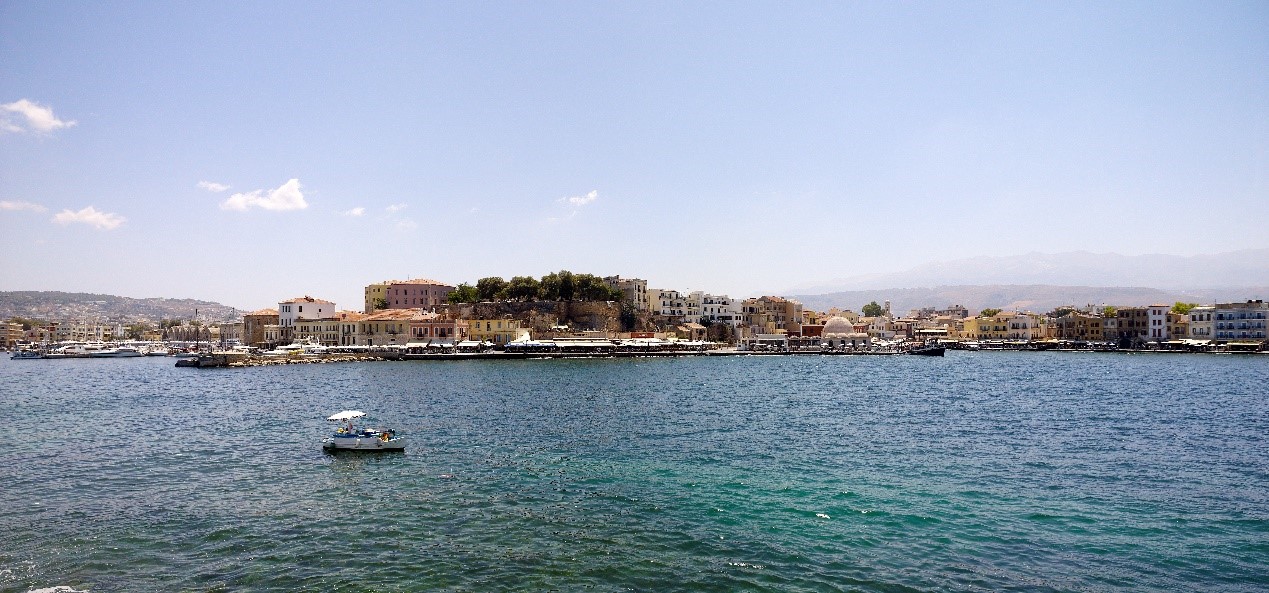The Open University of Cyprus (OUC) (Undergraduate Programme “Studies in Hellenic Culture”) and Aegeus Society invites you to the public online lecture: “Kastelli hill in Khania, Crete. The palatial centre of Kydonia during the 14th and 13th century B.C.” by Maria Andreadaki-Vlazaki, Honorary General Director of Antiquities and Cultural Heritage.
The lecture, which will be delivered in Greek, will take place online on Friday, 3 June 2022 at 19:00 pm (EEST) and can be viewed by following the link: https://bit.ly/3NrENLl
The excavations in Khania have strengthened the view that Minoan Kydonia is in the same place where the modern city developed. The origins of the city in the pre-Hellenic mythological background intersect with the evidence from the palimpsests of archaeological layers, which were brought to light from beneath the modern crowded and cosmopolitan city. Located in a dominant position in relation to the natural port to the north and the plain of Khania to the south, the low hill of Kastelli was selected from the beginning as the most suitable location for the establishment of the first organized residential core and the later Minoan palace.
In the years following the eruption of the volcano of Thera in around 1450 B.C., there was a convergence of Minoan and Mycenaean elements in Kydonia. The fact is that after 1450 B.C., a new administration was established in Knossos and Kydonia and typical Mycenaean customs were adopted simultaneously in Central and Western Crete. During this penultimate phase of the Minoan civilization, which today is commonly referred to as the final palatial, the third palatial, or the Mycenaean; in Kydonia the Mycenaean influence was more intense and a new palace was founded. The location of Khania as the closest Cretan city to the centers of the Peloponnese and mainland Greece certainly played a decisive role in this process.
The city's contacts through trade were not only limited to the rest of Crete, mainland Greece, and the Cyclades though. The study of pottery has traced connections with Cyprus, Canaan, Syria, Egypt, Italy and Sardinia, documenting the existence of an extensive trade network along well-established sea routes. Around 1250 B.C. (LΜ ΙΙΙΒ1), a catastrophic earthquake and the activation of a fault that runs through the foothills of the hill of Kastelli caused the destruction of the palace. Particular mention is made of the ritual sacrifice that took place in the ruins of the palace in the area of the fault and of the riveting image of the fault itself.




